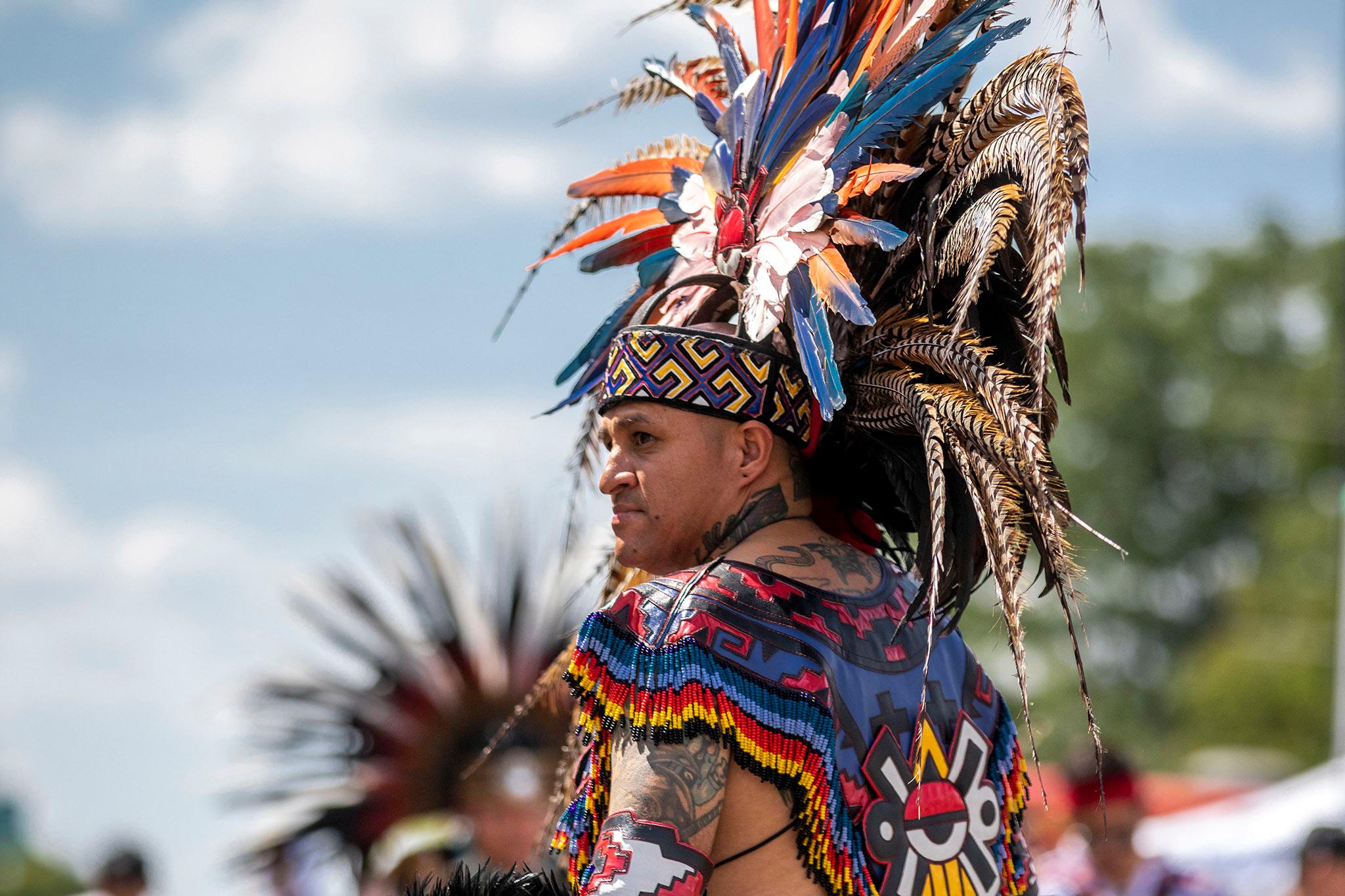Santiago Jaramillo was still catching his breath. He had just finished an Aztec dance performance, and shortly afterward, he took to a stage and started talking to a crowd at the Westwood Chile Fest.
Wearing a colorful feathered headdress and a vibrant vest, Jaramillo gripped a mic and talked about what he called the strong and powerful cultures represented in the Westwood neighborhood. He said he was honored to bring Mexica traditions to Morrison Road, where the festival took place. He finished with a polite but firm plea.
"So we enjoy you being here, but don't gentrify Westwood," Jaramillo said. "Don't buy any houses. Go home."
If you've been on this street during its many events, and have seen the Kalpulli Tepeyollotl dance group he belongs to, you've more than likely heard some version of this request. It's how Jaramillo, an artist whose primary medium is using acrylic paint and screenprinting, usually ends his remarks. Along with his family, he runs a for-profit art collective called The Empress. They can often be seen selling apparel and other merch during events on Morrison Road. He co-founded D3 Arts, and his mural work can be seen along this corridor.
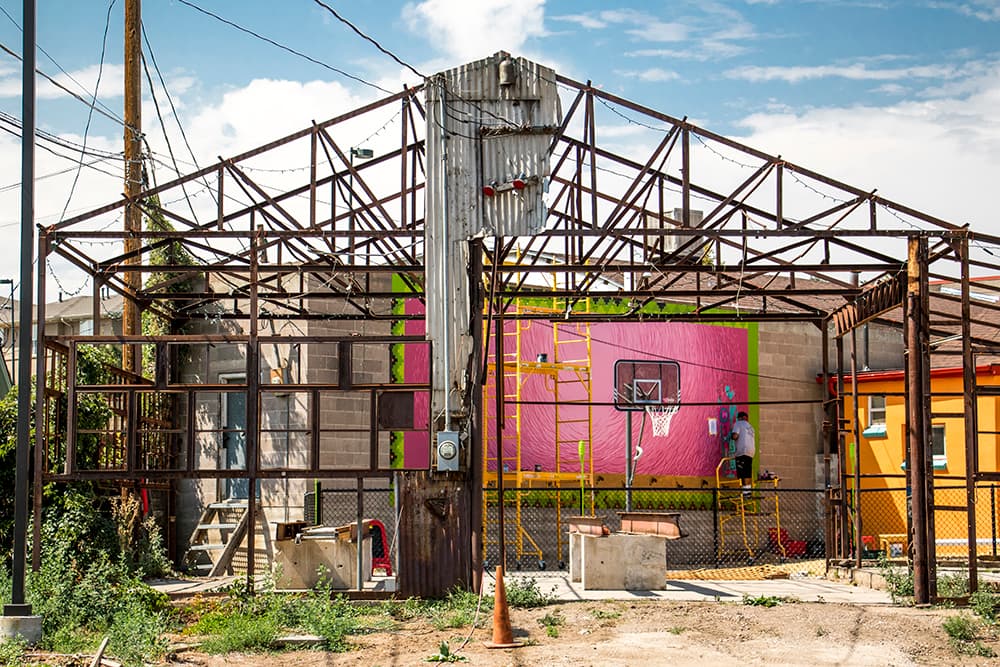
Kevin J. Beaty/Denverite

His interest in art started when he was around 12 years old. The third-generation Denverite was a skater kid who listened to punk rock. He went to Lincoln High School for a bit before dropping out. School wasn't for him, but art sure as hell was, and without formal art training, he took up tips from other artists to figure out how to do his own thing.
He took a page from his own book, bringing the do-it-yourself attitude he learned from skateboarding around the city and applying it in a more creative way. It started with drawing and spray painting. That approach can still be seen in his art, which mixes Mesoamerican imagery and Mexican iconography, sometimes to create street art that can be put on a T-shirt or hung up in a gallery, or bright, evocative murals providing a sense of place.
Jaramillo, even at 48, still pretty much looks like a skater kid, albeit with more tattoos. He wore a flat-brim baseball cap and a paint-stained white tee with a Frida Khalo silhouette during a recent visit at his studio on Morrison Road. He was surrounded by printing material, and a few feet in front of him was a large press used to print stuff onto shirts. There were large black-and-white photographs of people on the wall behind him, and a table in front of him with power tools.
"When you drive down Morrison Road, hopefully, from feedback that I get, is that people have the sense that this is a culturally rich neighborhood," Jaramillo said.
He's planning on moving to a much larger space next door, where he'll have retail space, host events and provide classes on art and art marketing for kids and adults.
Keeping things in the community is about keeping his place intact.
In Jaramillo's eyes, Morrison Road is a creative district that gets its sense of place directly from the people who live there: Mexican-Americans like him, and Mexicanos as well (Jaramillo also identifies as Indigenous). There's a piece of culture on every street corner, it seems, from the colorful murals covering panaderias, the permanent ofrendas, to the tire and mechanic shops all along the corridor. You know exactly where you are the moment you step outside.
Jaramillo worries about displacement. After all, this place is home. And yes, we all have our idea of what home feels like, but seriously, he doesn't want to leave. He can't imagine himself anywhere else. He has no plans of moving, even if, God forbid, this chunk of Westwood ends up gentrified, and brown people like him are pushed out. Recent Census data at suggests the number of Latinos in this part of the city hasn't changed drastically, though data shows median home prices have increased steadily since 2011.
"More than anything, it's because I found my place here," Jaramillo said, "This is where I belong. This is where I feel comfortable. My experiences are from here."
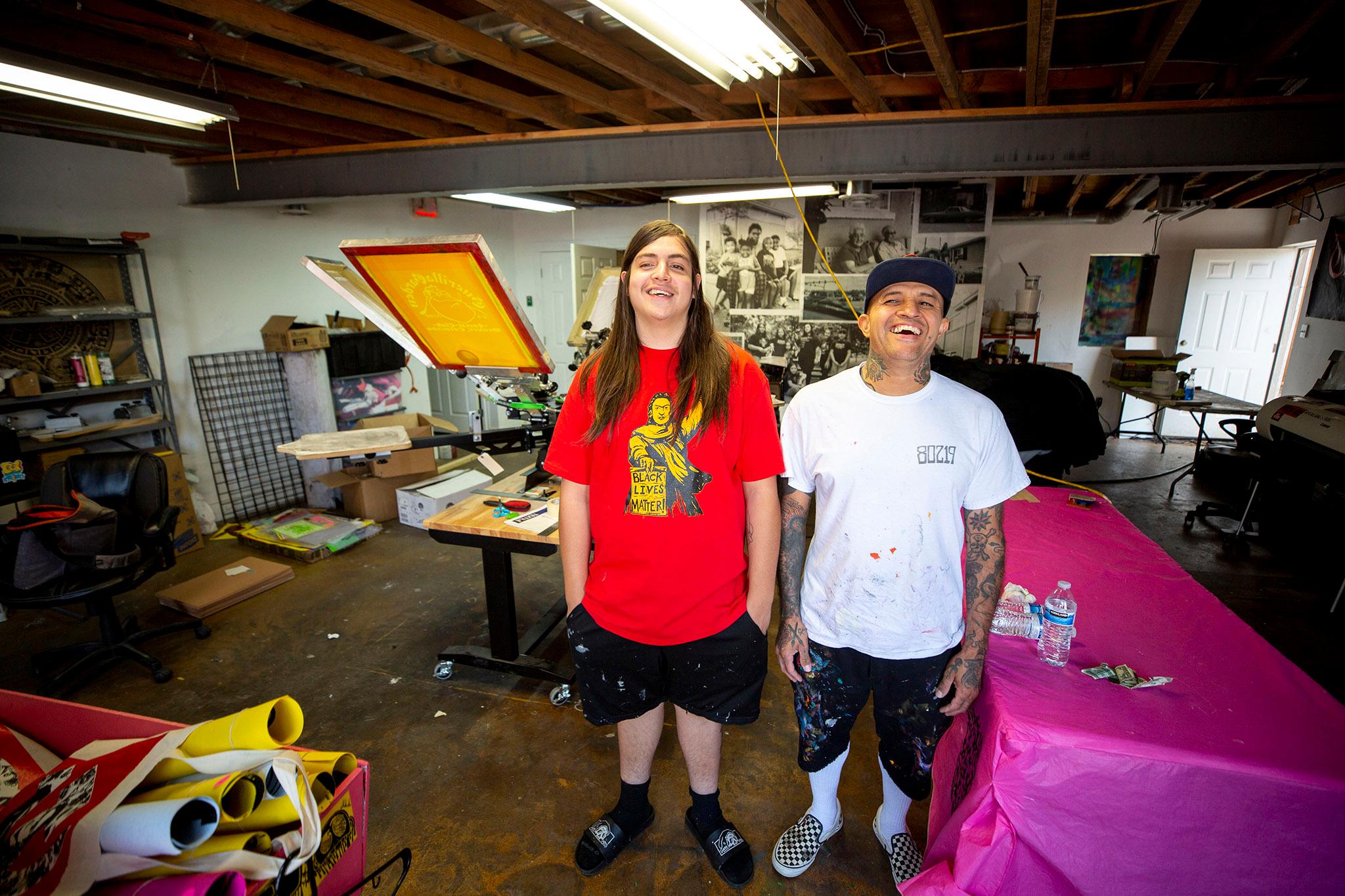
State Rep. Serena Gonzales-Gutierrez, who represents parts of Westwood at the state level, used to travel on Morrison Road on her way to work after dropping off her kids with a babysitter, enjoying the drives because of the artwork.
She grew up on the Northside, an area of the city that's witnessed a dramatic change in who lives there over the past 10 years, and she shares the fears Jaramillo has about Westwood, and concerns about what happens when a sense of place is lost.
"You see how the community has grown and hasn't become gentrified," Gonzales-Gutierrez said about Westwood. "Every time I drive down the road I kind of hold my breath because I'm worried that I'm going to see some signs of gentrification because it's such a vibrant community."
Councilmember Jamies Torres represents Westwood on the Denver City Council. She has a special connection with Jaramillo, whom she calls "Santi," and whom she admires for his honesty about his past, and willingness to help other people. Torres was the first person he said he ever voted for, a fact she took with an added sense of responsibility. Too often, she said, people like him who don't always vote do so because they don't feel represented.

As an artist, Torres said Jaramillo's work functions as a reminder of cultural heritage. It reminds people in this part of the city that they come from power, from proud traditions, from something ceremonial. She said these are elements that aren't always thought to children in a formal setting.
"They're pivotal," Torres said. "Our muralists are telling stories through a medium because we don't hear it otherwise."
Archeologist Lucha Martinez de Luna, who serves as director of the Chicano/a Murals of Colorado Project, echoed what Torres said: "Our murals are textbooks."
Martinez de Luna is familiar with Jaramillo's mural work, which she said blends Mexican and Mesoamerican traditions with a contemporary spin.
"He's very much a part of that tradition," Martinez de Luna said.
Finding his place wasn't easy. He grew up in what he characterized as a dysfunctional home.
He got kicked out as a teen, spending ages 15 to 17 experiencing homelessness. If he was lucky, and a friend's family allowed it, he would get to crash inside a home. Otherwise, he would stay at places like a park, or somewhere downtown.
"The whole time I was just drinking and doing drugs," Jaramillo said.
Around the same time, he and his skating crew formed a gang out of necessity. He said they were sick of getting picked on. He ended up affiliating himself with one specific gang, which led to him dealing drugs. He stopped doing that when he learned he was having a baby.
He was 21 years old. At that point, as the saying goes in certain alcohol recovery circles, he had crossed the invisible line. He had an alcohol addiction, and he was using other drugs as well. His options were now limited. Either he sobered up, or ended up dead. The sobriety would need to stem from an internal change, not an external one.
"When my son was born, a lot of people think, 'Well, that's going to change you,'" Jaramillo said. "It didn't. It gave me more pressure because I felt more shameful. I felt more guilty."
He was in and out of behavioral institutions to treat his alcohol addiction and other mental health illnesses, but that didn't pan out, in part because he wasn't comfortable: "There is a level of trust that I could never give a psychiatrist, I could never give a nurse," he said. His addiction got uglier. He was not a happy drunk. Throughout this period, he had started attending 12-step meetings, but he wasn't committed.
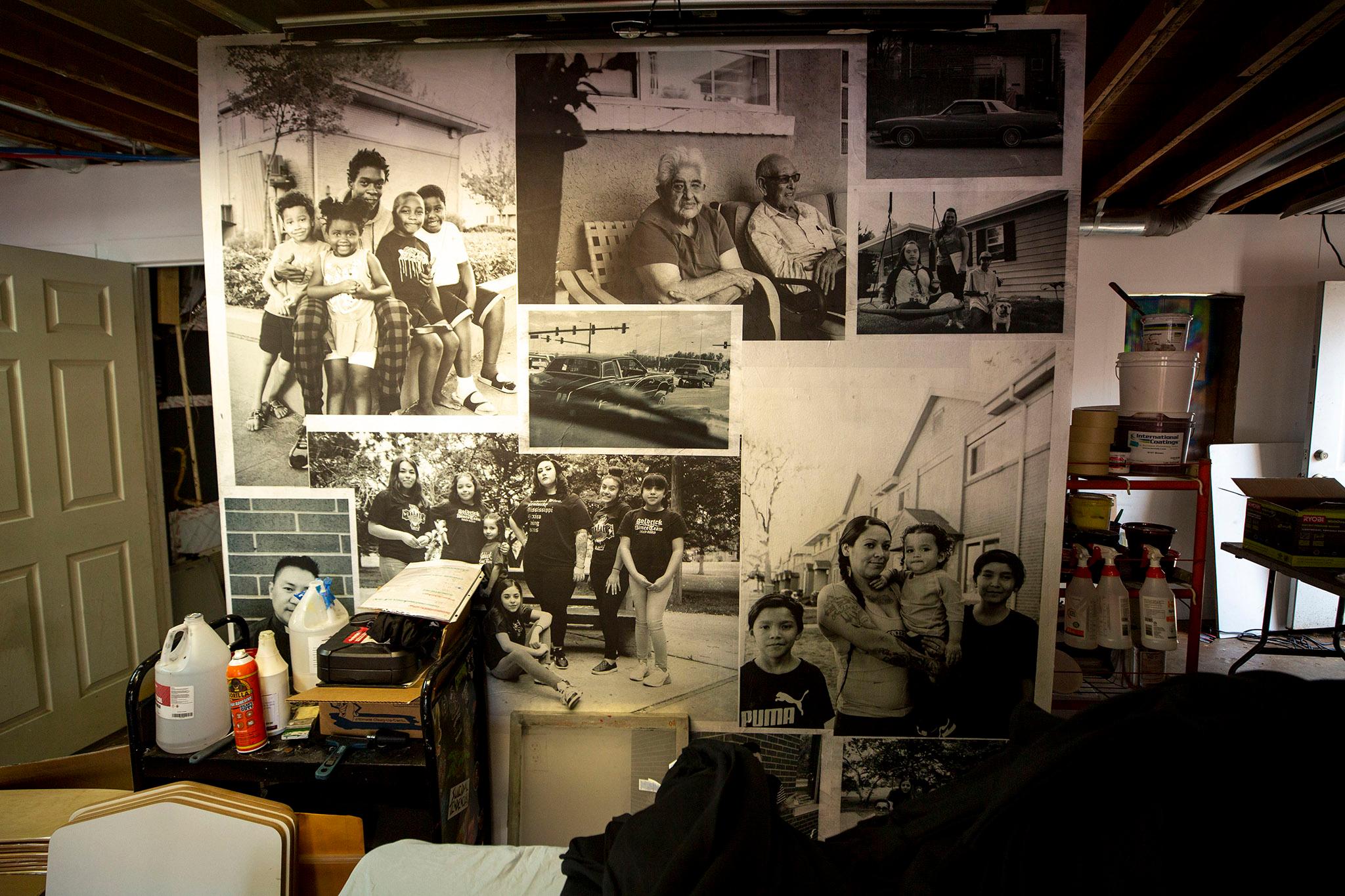
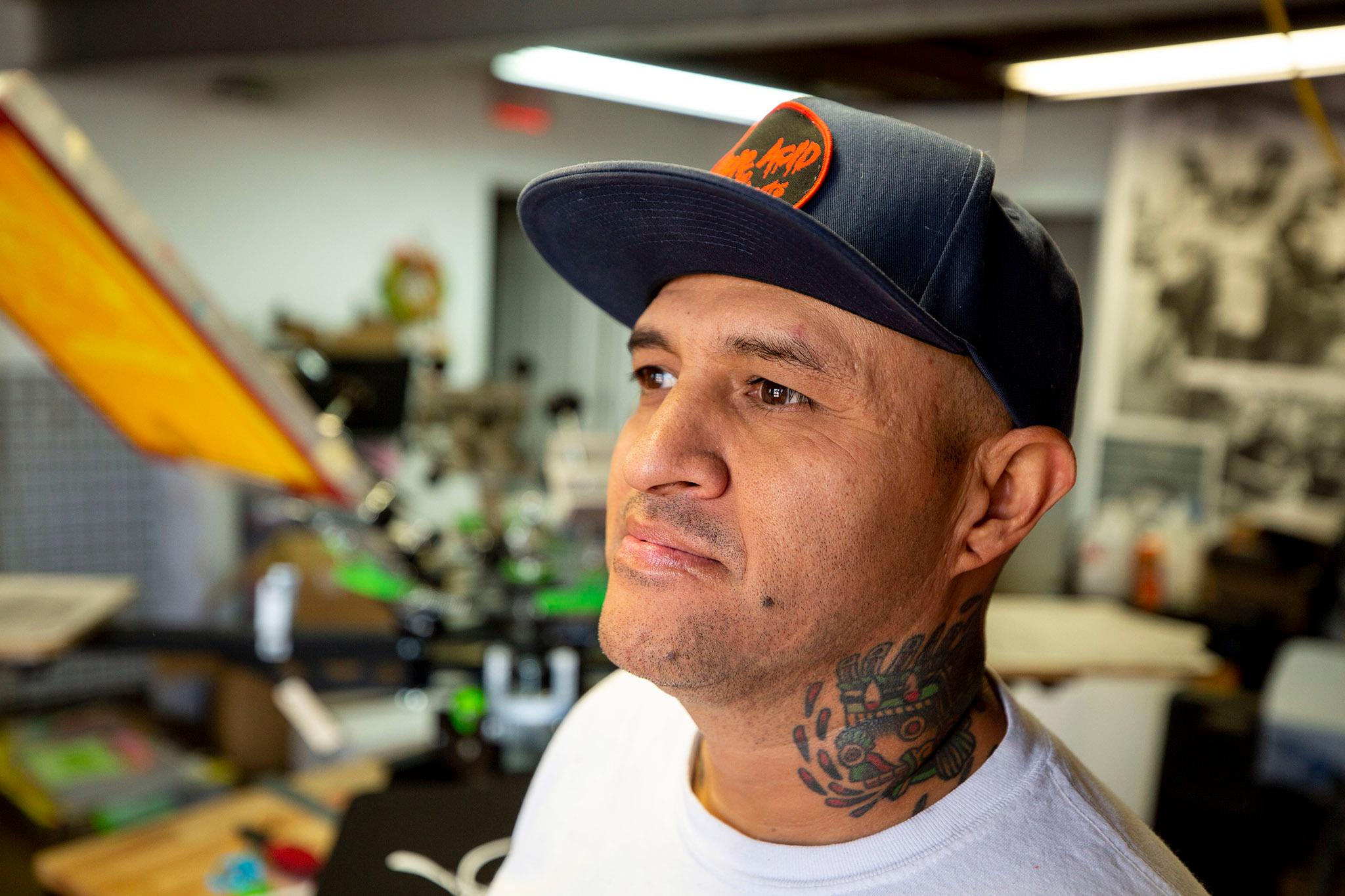
At 33, though, something changed. Drinking was no longer an escape. He would get paranoid, afraid of waking up strapped onto a hospital bed, or in a jail cell. He couldn't do drugs anymore.
"[Drugs] made it worse," Jaramillo said. "So I knew that I was done. I knew that around that time I had to get help."
Clarity set in. He had harmed his family and the people in his neighborhood. He learned how to make amends, a key component in his recovery.
"I mean, that part of my sobriety story is the most powerful part," Jaramillo said. "It's the most meaningful is being able to reach out to people that I harmed and tell them that I was wrong."
Jaramillo recently celebrated 15 years of sobriety. He's helped others achieve recovery as well. People like Dereck Arriola, 44, who said Jaramillo helped him look people in the eyes again, to face the challenges caused by his addiction.
"That guy is a spiritual warrior," Arriola said.
Arriola was skeptical at first. Was this dude really going to answer texts in the morning? Would he go out of his way to meet with him, maybe even multiple times a week? Arriola was surprised to learn he did all those things.
But Jaramillo wasn't going to just give him all the answers. It was frustrating at times, as Arriola would ask what going to meetings had to do with his day-to-day issues, or what was so honorable about wearing sobriety like a badge of honor. They were things he now understands are important because they involved doing things that helped others, not just himself.
"He's a good man," Arriola said. "I consider him a brother, that's for sure."
If anyone's qualified to mix art and recovery, it's Jaramillo.
He wants to make sure he's a role model for the kids in his neighborhood, especially for those who may not see an immediate future in west Denver.
He wants to provide space for 12-step meetings inside his new space. He wants people in recovery or folks recently out of prison to have a place to use art as a tool to help improve their lives a bit. Sober people still face challenges, so providing a space for people to meet others who are trying to improve their lives can be beneficial. It could mean finding lifelong friends like he's done.
Or it could mean inspiring an artist who helps others find the best version of themselves, without necessarily feeling like they have to go somewhere else to become that person. And that includes people who've messed up and hurt others the way Jaramillo admits he did.
He wants young people to know they don't have to move away from a place like Westwood to feel accomplished.
"This isn't a new idea," Jaramillo said. "The kids around here should see success and see what that looks like. And, and it should be modeled to them more than just words, right? Like I'm not going to just show up to school and to the class and be like, 'Look what I did. I'm going to the suburbs now.'"

